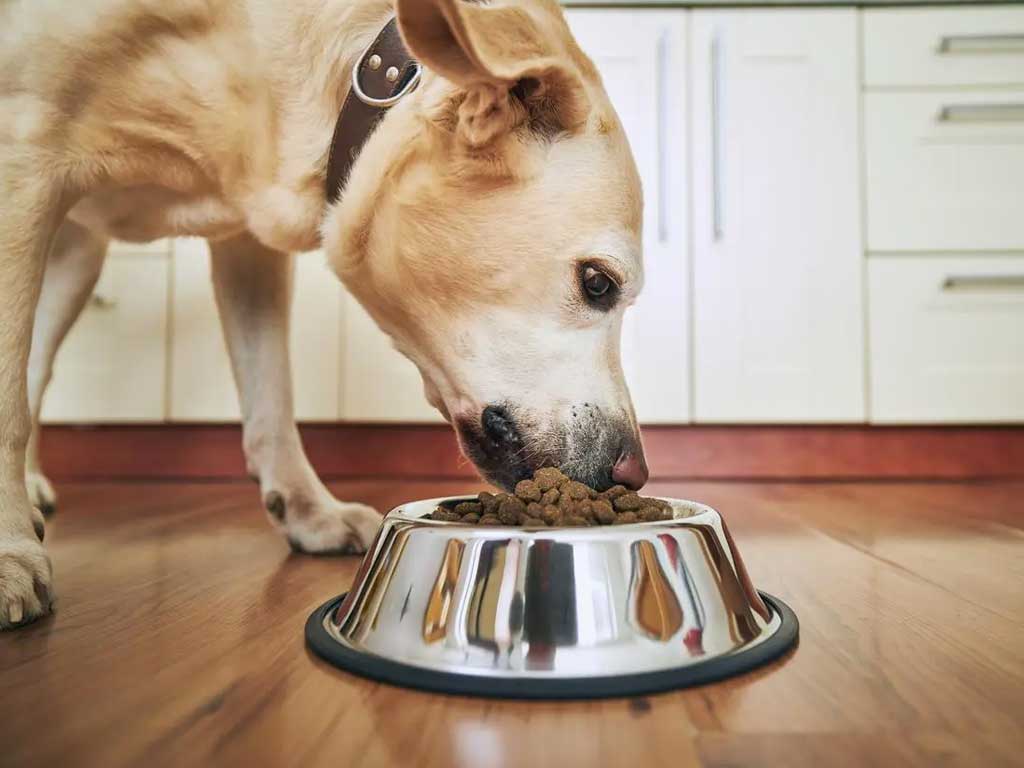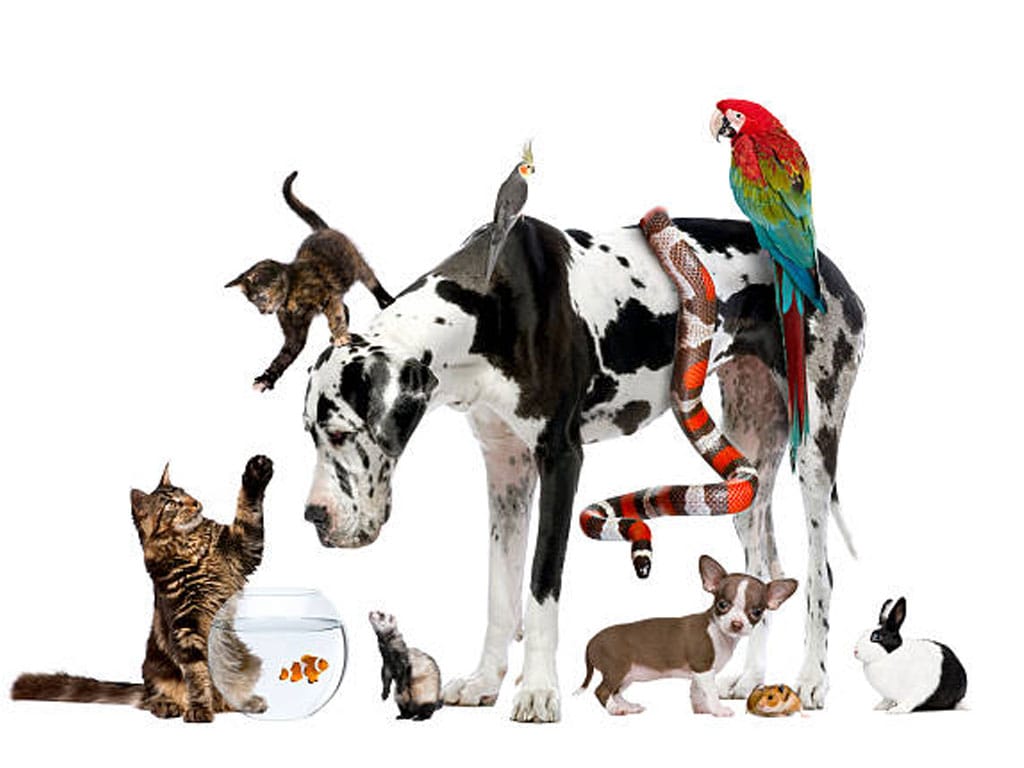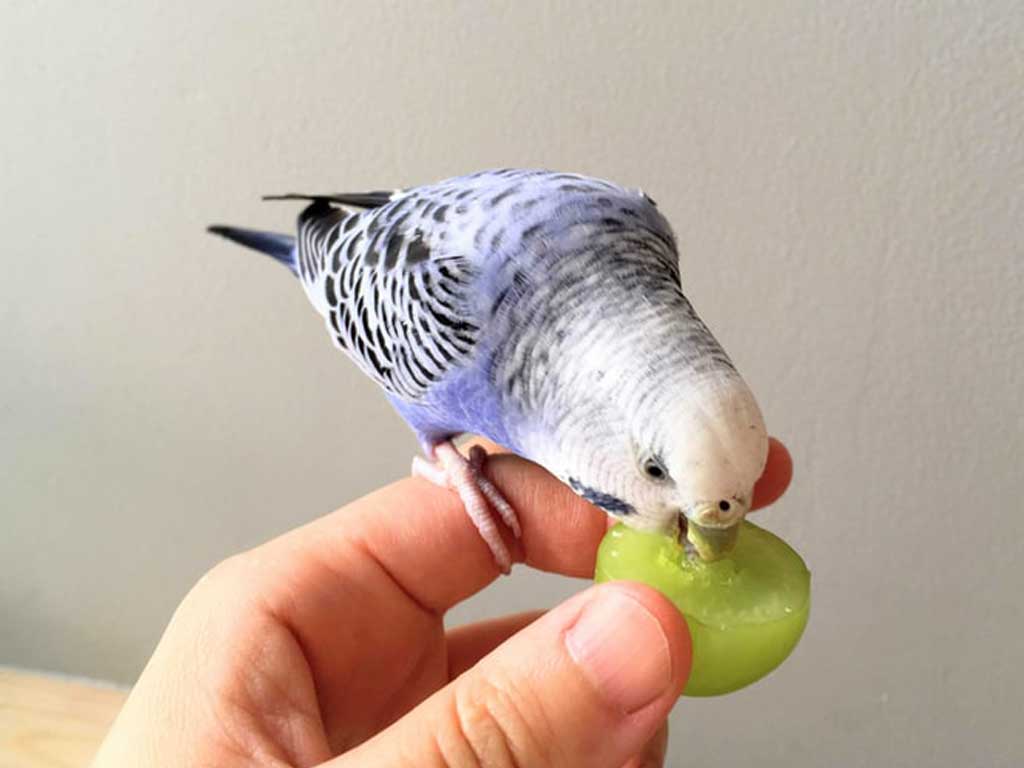Dog feeding is an important topic for all pet owners. A proper diet not only ensures good physical health, but also contributes to the dog’s overall well-being. In this article, we will explore the different dog diet options, their benefits and disadvantages, and provide recommendations to ensure your dog receives a balanced diet appropriate to his needs. We will learn how to choose the best diet, how to transition between different types of diets, and how to ensure our dogs receive all the essential nutrients.
Types of Diets for Dogs
Choosing the right diet for your dog can be challenging due to the large number of options available. Next, we analyze the most common diets:
Commercial Diet (feed)
In the market you will find a wide range of presentations of dry food (dog food) or wet food with different types of proteins, such as chicken, salmon or lamb. These products have been created thinking about the different stages of the animal’s growth, certain diseases and nutritional deficiencies.
Although it is the easiest way to implement a balanced diet, it will not always be the most economical, especially when we talk about premium varieties from recognized commercial brands.
Homemade Diet
Since ancient times, dogs have been feeding on leftover food in homes. However, each pet has its own needs and what may be good for a person may not be so good for the animal. For example, in most of our dishes we use garlic and onion and these two are precisely two foods that furry dogs cannot eat.
Therefore, feeding dogs homemade food is not recommended as a general rule. Of course, we can cook specific meals for them, taking into account the foods they can and cannot eat.
Raw Diet (BARF)
The BARF diet, also known as natural dog food, is one of the types of common feeding in dogs. This is based on the intake of raw foods (meat, fish, organ meats, fruits and vegetables, nuts…).
This is a diet that generates a lot of debate, since although it may seem healthy, it also carries certain risks. And, by ingesting raw foods, exposure to bacteria such as salmonella, campylobacter or clostridium perfringens increases. This is warned by several studies such as an analysis published in the journal Vet Record.
Mixed Diet
- Advantages: A mixed diet combines elements of commercial, homemade and raw diets. This can provide the best of each type of diet, offering variety and nutritional balance.
- Disadvantages: The main disadvantage of a mixed diet is the complexity of its planning. It is necessary to ensure that the combination of foods does not cause nutritional imbalances and that each component of the diet is safe and suitable for the dog.
Essential Nutrition for Dogs
To ensure adequate nutrition, it is important to understand the nutritional needs of dogs, which include:
Macronutrients
- Proteins: They are essential for growth, tissue repair and maintenance of healthy skin and coat. Common protein sources include meat, fish, eggs, and dairy products.
- Fats: They provide a concentrated source of energy and are necessary for the health of the skin and coat. Fats also help in the absorption of certain vitamins. Healthy sources of fats include fish oils, vegetable oils and animal fats.
- Carbohydrates: Although not essential, carbohydrates can provide a quick source of energy and dietary fiber, which is important for digestive health. Common sources include rice, oats, potatoes and vegetables.
Micronutrients
- Vitamins and Minerals: They are essential for various bodily functions, from the immune system to metabolism. Vitamins A, D, E and K are fat-soluble, while the B complex vitamins and vitamin C are water-soluble. Minerals such as calcium, phosphorus, potassium and zinc are crucial for bone, muscle and overall health.
Specific Nutritional Needs
- Depending on age: Puppies need more protein and calories to support their rapid growth, while adult dogs require a balanced diet for maintenance. Older dogs may need diets with fewer calories and more fiber.
- Depending on size: Small, medium and large dogs have different metabolic rates and caloric requirements. Large breeds can also benefit from foods that support joint health.
- Depending on health status: Dogs with specific conditions such as obesity, allergies or chronic illnesses may require special diets formulated to manage their particular health needs.
Benefits and Disadvantages of Each Diet
It is essential to understand both the benefits and possible disadvantages of each type of diet to make an informed decision:
Commercial Diet
- Benefits: The convenience of commercial foods and the balanced formulation are great advantages. Additionally, many brands offer specific formulas for different life stages and health conditions.
- Disadvantages: Lower quality commercial foods may contain low quality ingredients and additives that are not ideal. It is important to do your research and choose high-quality products.
Homemade Diet
- Benefits: The possibility of customizing the diet and using fresh and natural ingredients is a great benefit. This can be especially helpful for dogs with food sensitivities.
- Disadvantages: Preparing homemade food can be expensive and time-consuming. Additionally, it is easy to make mistakes in formulating a balanced diet without proper guidance.
Raw Diet (BARF)
- Benefits: Raw diet advocates argue that it mimics dogs’ natural diet and can improve overall health, including better skin and coat, and cleaner teeth.
- Disadvantages: The risks of pathogens and the need for careful handling of raw foods are considerable. Additionally, it can be expensive and logistically challenging to maintain a balanced raw diet.
Mixed Diet
- Benefits: Flexibility and variety in the diet can keep dogs interested in their food and provide nutritional balance. Combining different types of foods can take advantage of the benefits of each.
- Disadvantages: It requires careful planning and it can be complicated to coordinate the different components to avoid nutritional imbalances.
Recommendations for a Balanced Diet
Choosing the right diet for your dog is just the first step. Here are some additional tips:
How to Choose the Best Diet
- Consult your veterinarian for recommendations based on your dog’s health and specific needs.
- Observe your dog’s reactions to different foods and adjust as necessary.
- Read commercial food labels and check the quality of ingredients.
Tips for Transition between Diets
- Introduce new foods gradually to avoid digestive problems. Mix the new food with the old in increasing amounts for a week or more.
- Watch for any signs of discomfort or allergies, such as vomiting, diarrhea, or itching.
- Adjust portions and feeding frequency based on your dog’s response.
Feeding Frequency and Amount
- Follow the recommendations of the food manufacturer and the veterinarian. The amount of food may vary depending on the age, size, physical activity and health of your dog.
- Divide the daily amount of food into two or more meals to help digestion and maintain constant energy levels.
Frequent questions
What is the best diet for my dog?
The best diet depends on several factors such as your dog’s age, size, health and preferences. Consulting with a veterinarian is crucial to making an informed decision.
Can I feed my dog homemade food?
Yes, it is possible, but it is important to ensure that the diet is complete and balanced. Consult with a nutric
Is a raw diet safe for dogs?
It can be, but there are associated risks. It is essential to handle raw foods with care and follow safety guidelines to prevent bacterial contamination. Consulting with a veterinarian before switching to a raw diet is recommended.
How much should I feed my dog?
The amount of food depends on the age, size, activity level and health of your dog. Following the feed manufacturer’s recommendations and adjusting as necessary is good practice.
What foods should I avoid giving my dog?
Some foods are toxic to dogs, including chocolate, onions, garlic, grapes, raisins, avocado and alcohol. Avoid feeding foods high in fat or salt, and always consult your veterinarian before introducing new foods.
There are various diet options, each with its own benefits and disadvantages. Consulting with a veterinarian and observing your dog will help you choose the best option for her specific needs. A balanced and well-planned diet will contribute to a long and healthy life for your canine companion. Making sure you provide all essential nutrients and avoiding dangerous foods is key to keeping your dog happy and healthy.










